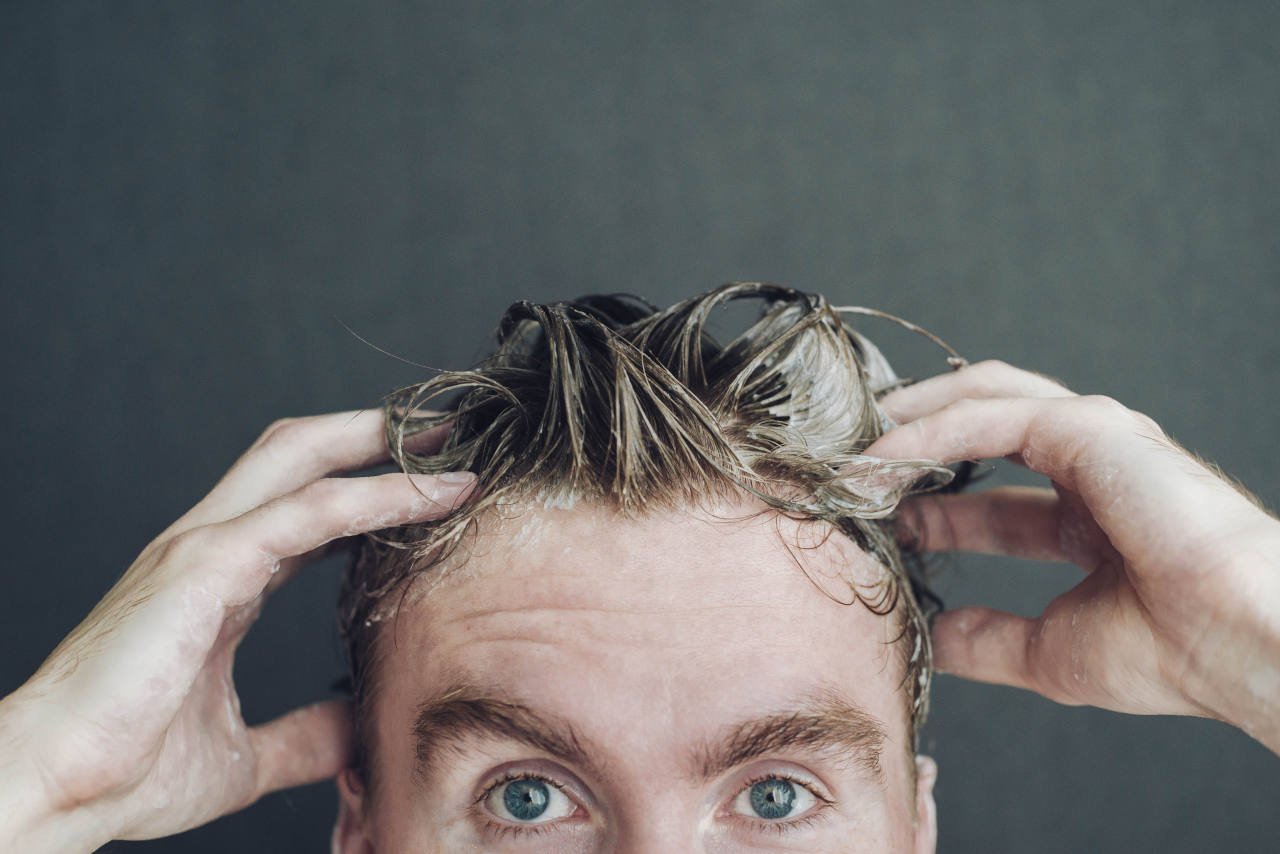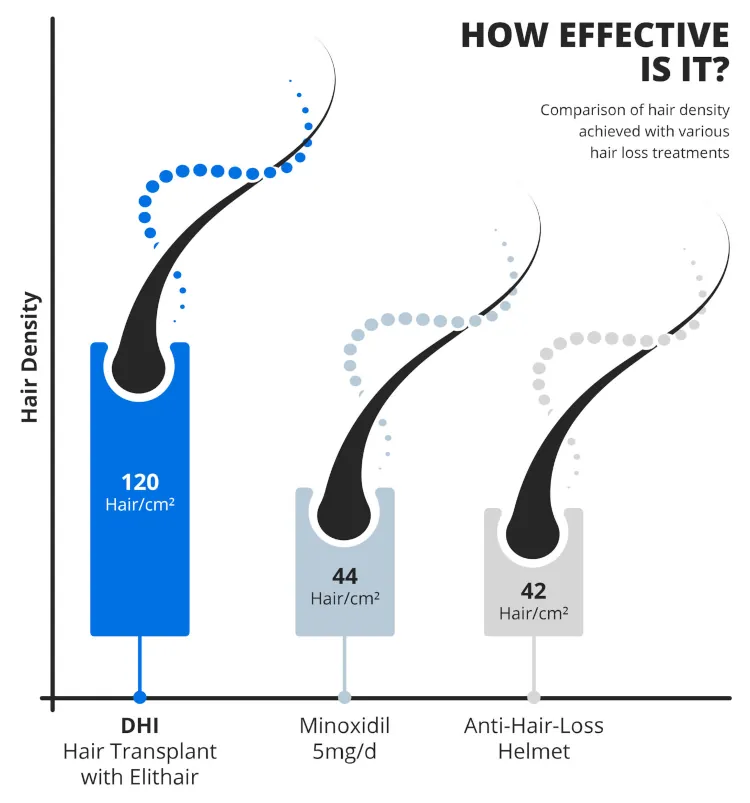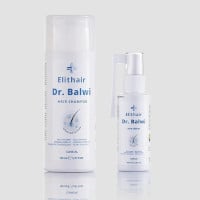
Does Minoxidil Work for Alopecia as Well as Stop Hair Loss?
Minoxidil is one of the many treatments to delay hair loss that has become more widespread. This is because it helps, above all, to slow down or stabilise in some way some of the most common types of alopecia (androgenetic alopecia in particular), providing strength to the scalp and promoting hair growth or thickness.
If you have problems with alopecia, thinning hair or baldness in general, you may have already heard about minoxidil. That said, we take a closer look below at all you need to know about this powerful hair loss treatment.
Summary
- What Is Minoxidil?
- How Does Minoxidil Work?
- Does Minoxidil Work for Alopecia?
- Does Minoxidil Stop Hair Loss?
- Does Minoxidil Strengthen Hair?
- What Are the Side Effects of Minoxidil
- Dr. Balwi’s Take on Minoxidil
- Conclusion
What Is Minoxidil?
Minoxidil is a topical medication widely used to treat androgenetic alopecia, commonly known as male or female pattern baldness. Originally developed as an oral treatment for hypertension, its unexpected side effect of stimulating hair growth led to its formulation as a topical solution.
Minoxidil works by widening blood vessels, enhancing blood flow to hair follicles and promoting hair growth. It is available over-the-counter and is applied directly to the scalp, where it is believed to prolong the anagen (growth) phase of hair follicles, resulting in increased hair density and thickness over time.
How Does Minoxidil Work?
Minoxidil, often known as Regaine, is a drug initially created by scientists to treat high blood pressure and duodenal ulcers. However, during studies and clinical trials, U.S. scientists noticed that it appeared to strengthen and promote overall body hair growth.
Classified as a vasodilator drug, i.e. Minoxidil increases blood circulation in the blood vessels in the scalp and face. More specifically, minoxidil’s vasodilatory effect is thought to improve oxygen, blood, and nutrient supply to the follicles, creating a conducive environment for hair regrowth.
Additionally, it may stimulate the opening of potassium channels, influencing cell membranes and promoting hair cell proliferation. It can be taken orally, or used topically on the scalp. Always seek professional advice before taking to ensure it is suitable for your needs.
Does Minoxidil Work for Alopecia?

Minoxidil has shown efficacy in treating certain types of alopecia, particularly alopecia areata and alopecia barbae, both characterised by patchy hair loss. Alopecia areata manifests as round patches of hair loss on the scalp, while alopecia barbae affects the beard area in men.
In these conditions, minoxidil is believed to stimulate hair regrowth by improving blood circulation to the affected follicles and prolonging the anagen (growth) phase of the hair cycle. While the exact mechanism of action is not fully understood, minoxidil’s vasodilatory properties are thought to play a key role in promoting hair growth.
Additionally, minoxidil may be beneficial in traction alopecia, which results from prolonged tension on the hair follicles, commonly due to tight hairstyles. By enhancing blood flow and providing nutrients to weakened follicles, minoxidil may aid in the recovery of hair in traction alopecia cases.
However, it’s essential to note that minoxidil’s effectiveness can vary from person to person, and results may not be guaranteed.
Does Minoxidil Stop Hair Loss?
Minoxidil is known to be effective in mitigating hair loss for many individuals. While it doesn’t offer a definitive cure, it does have the potential to impede the progression of hair loss by stimulating the hair follicles and potentially enhancing hair density.
However, the degree of success varies from person to person, and discontinuing its use may lead to a gradual reversal of any benefits gained, with hair loss potentially resuming. Therefore, you should be consistent with its application to maintain results.
Does Minoxidil Strengthen Hair?
Minoxidil primarily functions to promote hair growth and slow down hair loss rather than directly strengthening existing hair strands. Its mechanism of action involves stimulating hair follicles, prolonging the growth phase of the hair cycle, and potentially increasing hair density.
This can result in the appearance of thicker and fuller hair over time. However, studies have shown that minoxidil does not alter the structural integrity or composition of individual hair strands.
While some users may perceive their hair as stronger and more resilient while using minoxidil due to the increased density and coverage, it’s important to note that its effects vary among individuals.
Minoxidil needs to be taken alongside a balanced diet
Futhermore, minoxidil has shown to be most effective in treating androgenetic alopecia (male and female pattern baldness) and may have limited efficacy in other types of hair loss.
For individuals seeking to enhance the strength and health of their hair strands, adopting a comprehensive hair care routine that includes gentle cleansing, moisturising, and protecting from damage caused by styling practices and environmental factors is recommended.
Additionally, incorporating a balanced diet rich in essential nutrients such as vitamins, minerals, and proteins can also support overall hair health and strength.
What Are the Side Effects of Minoxidil
Although the drug is considered safe and effective in two out of three people, it does have side effects. The most common include:
- Changes in the texture or colour of the hair
- Irritation and redness of the scalp
- Hair growth on adjacent areas of the scalp and face, such as the forehead
Consult your GP
But you must see your doctor or dermatologist immediately if you experience any of these:
- Chest pain
- Sudden, unexplained weight gain
- Swelling of the hands or feet
- Fainting or dizziness
When Minoxidil is first used, there is an increase in hair loss during the first few weeks, as the hair follicles shed old hair to make room for new hair strands. It can take up to a minimum of four months to see the first results in using the treatment for hair growth.
Extreme care must be taken to ensure that the product does not get into the eyes when it is applied. If it does accidentally, the eyes should be rinsed with plenty of cold water.
Dr. Balwi’s Take on Minoxidil
Learn more about Minoxodil from Elithair’s Head of Hair Surgery, Dr Balwi.
Conclusion
Regaine is moderately effective in stopping hair loss, reducing hair thinning and promoting new hair growth in both men and women experiencing hereditary hair loss. It takes some treatment time (4 to 6 months), depending on your genetic and environmental factors, to start seeing results. However, it is not a cure for alopecia or baldness, and you have to apply this medication regularly and indefinitely to continue enjoying its benefits.
Alternatively, a hair transplant offers a permanent solution to hair loss by relocating healthy hair follicles to thinning or balding areas, providing natural-looking and lasting results.
Choose Elithair for your hair transplant for expert care, personalised solutions, and a commitment to delivering natural and optimal results with advanced techniques and experienced professionals. Book a free consultation today to find out more about this permanent treatment for hair loss.


